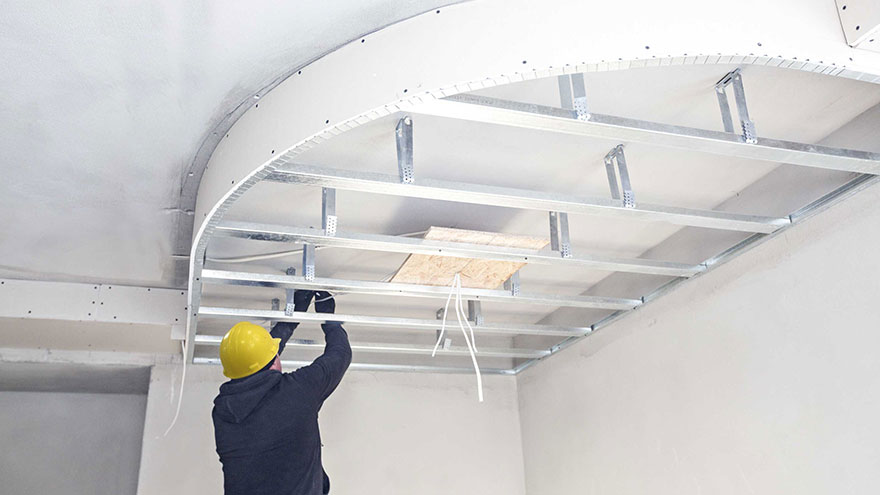Drywall Primer Failure
Homeowners may occasionally need to repair or replace drywall on the interior walls of their homes. Drywall is made from gypsum that’s pressed between two sheets of paper to provide a smooth wall surface that will accept paint and other wall coatings.
Painting drywall often requires the preliminary application of primer, a special coating that helps paint to adhere. If not properly prepared, primer coats may fail, causing peeling, bubbling and other problems.

Using Primer on Drywall
Although drywall generally accepts a coat of paint without a problem, it’s advisable to apply a primer coat before painting to create a good surface for the paint. Oil-based and latex primers are available. In the past, oil-based primers were used to cover oil-based painted surfaces, but today’s latex primers can be used over oil paint if the surface is prepared with a cleaner or with light sanding.
Oil-based primers seal the surface better, but latex primers are more flexible and resist paint cracking, according to writer Jerri Farris at the Danny Lipford website. Latex primer is often recommended for use on new drywall.
Delayed Painting of Drywall
Leaving drywall uncoated can cause primer failure when the surface of the wall is exposed to certain conditions. When the primer coat is finally applied, the surface of the drywall has already absorbed dirt or impurities in the environment, preventing good adhesion.
When installing drywall, be prepared to coat the surface as soon as possible or take measures to protect the porous drywall surface from the elements and contamination.
Moisture Problems
Moisture problems can seriously affect the adherent qualities of primer paints, causing large amounts of paint to peel from the surface. Moisture absorption can occur when high humidity permeates the air or when plumbing leaks soak the drywall surface. Flooding can also cause water absorption into the drywall material.
Grease Problems
Uncoated drywall that’s left in cooking areas can absorb grease from the air. This action will prevent the primer from bonding properly to the drywall surface. Washing the drywall with a grease-cutting detergent or trisodium phosphate will help to remove grease from the surface, but penetration of the greasy materials may still cause failure of the primer.
Paint Layer Problems
New coats of primer may not bond to drywall that’s been painted too often. In this case, underlying layers may separate, causing peeling. Remove all loose material from the drywall and clean it carefully. Then paint the drywall with an oil-based primer.
You Might Also Like :: Wood Edgeband Failure

